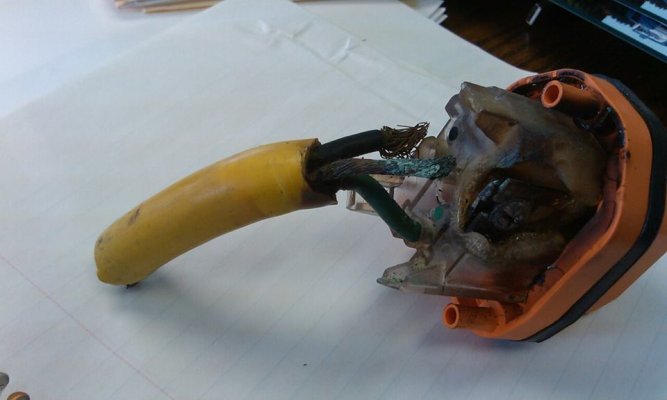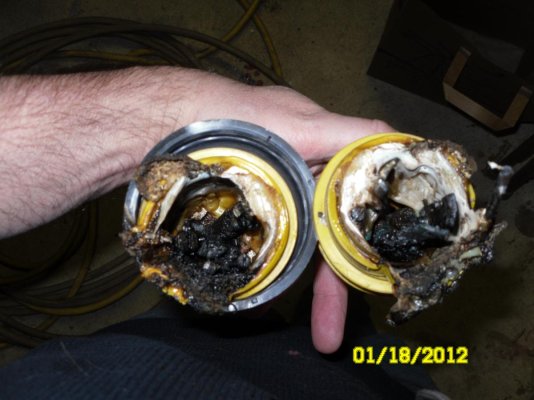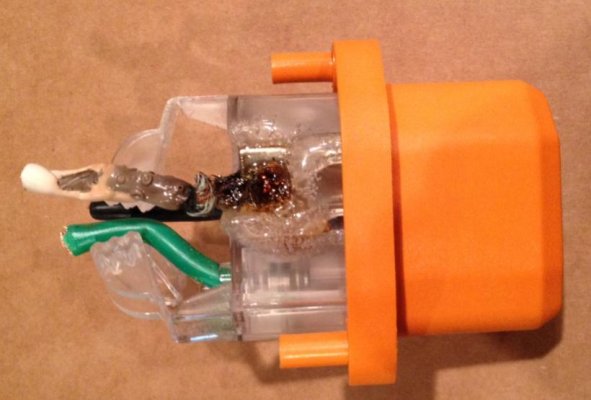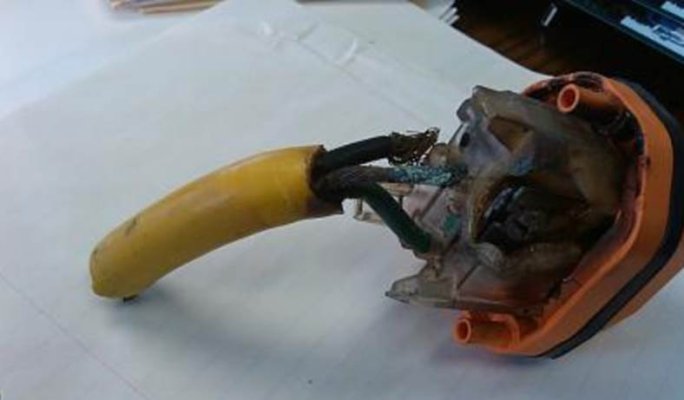Edelweiss
Guru
Can anybody identify this mess??
Yes. . . It's a Smart Plug and it came off the boat near me!!
We have had two boat in our area, while at their respective docks melt down their Smart Plug shore power plugs. One was owner installed and the other by a licensed electrician. The company is blaming cold weather and on board heaters??
ps: I was looking at their website and I see they have an ETL approval, but not UL for the SmartPlug system??
Anybody have similar problems??
Yes. . . It's a Smart Plug and it came off the boat near me!!
We have had two boat in our area, while at their respective docks melt down their Smart Plug shore power plugs. One was owner installed and the other by a licensed electrician. The company is blaming cold weather and on board heaters??
ps: I was looking at their website and I see they have an ETL approval, but not UL for the SmartPlug system??
Anybody have similar problems??
Attachments
Last edited:






